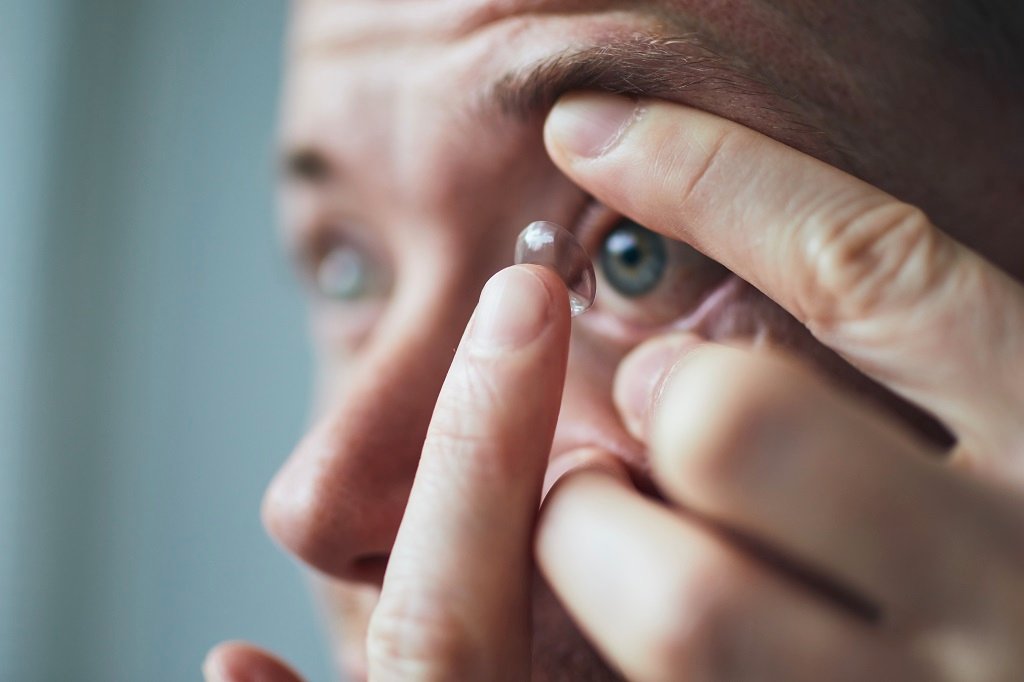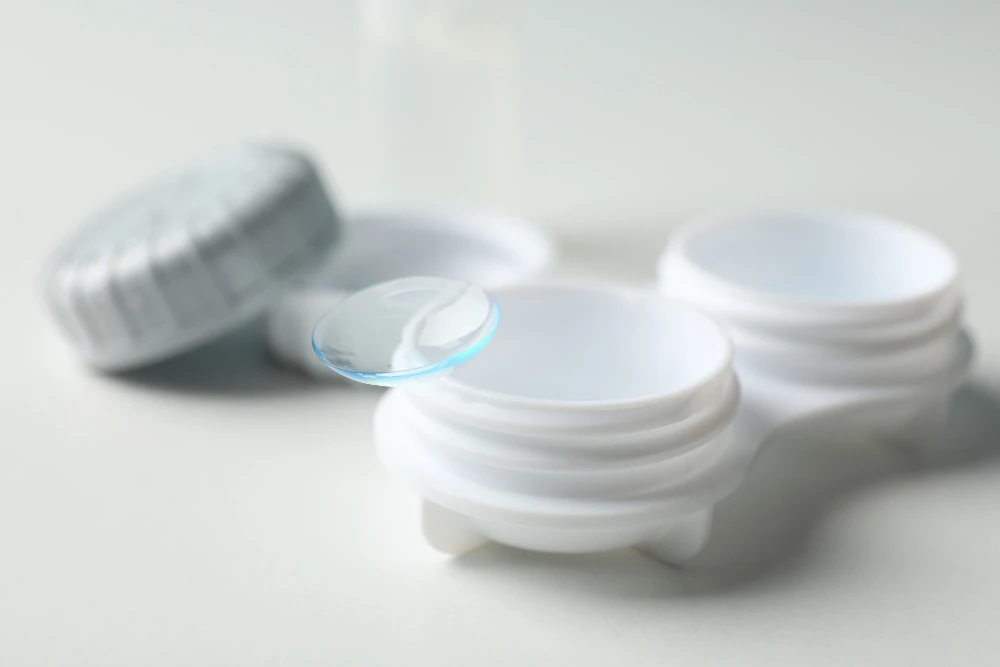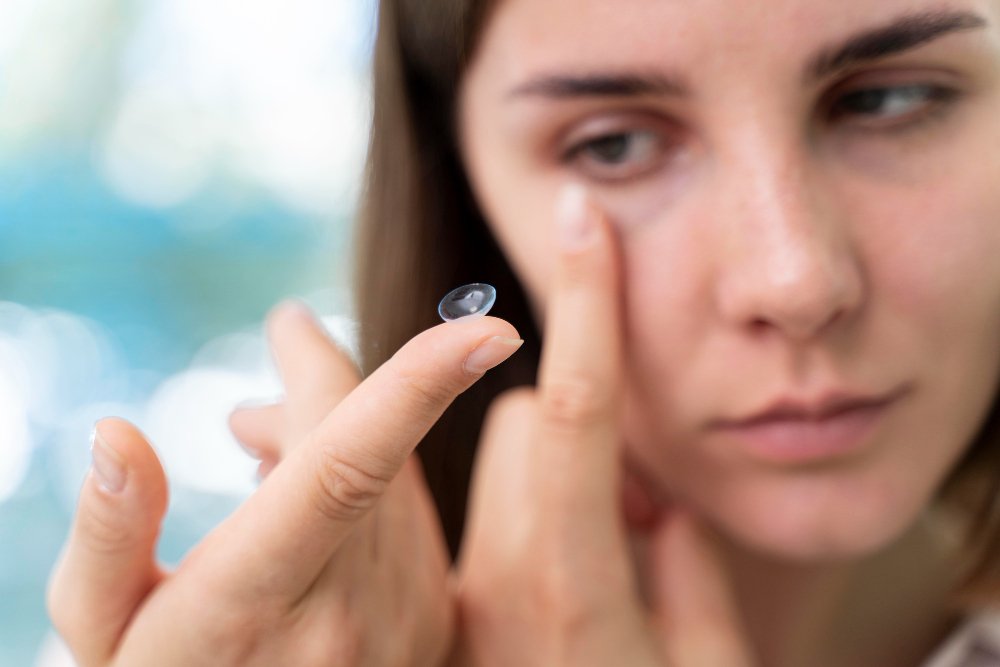If you have ever held your contact lens prescription and wondered, “What do all these letters, numbers, and symbols even mean?”
Then, you are not alone. It’s normal to feel a little overwhelmed at first. A contact lens prescription is more than just a set of instructions; it’s a carefully tailored guide to helping you see the world with clarity and comfort. But without knowing what the different parts mean, it can feel like you’re trying to decode a secret language.
Understanding your contact lens prescription is important for more than just ordering the right lenses.
It’s also a step toward feeling empowered about your eye health. The good news is that it’s not as complicated as it seems. Once you break it down, you will see it’s simply a way of ensuring your lenses fit perfectly, correct your vision, and keep your eyes healthy.
Breaking Down the Components of a Contact Lens Prescription
A contact lens prescription includes specific measurements and details tailored to your unique eye structure and vision needs.
This is how you would have received your prescription:
| Eye | Power/SPH | BC | DIA |
| OD (Right) | -1.50 | 8.6 | 14.2 |
| OS (Left) | -2.00 | 8.6 | 14.2 |
Understanding Your Prescription Details:
- Eye: Indicates which eye the prescription is for
- OD (Oculus Dexter): Right Eye.
- OS (Oculus Sinister): Left Eye.
- OU (Oculus Uterque): Both Eyes.
- Power (SPH) – Correcting Your Vision
- What it is: The SPH (Sphere) value indicates the lens strength needed to correct your nearsightedness (-) or farsightedness (+).
- How it works: The higher the number (positive or negative), the stronger the correction required. A “Plano” or “0.00” means no prescription is needed.
- Example: A SPH of -2.50 means you have moderate nearsightedness.
- Base Curve (BC) – Ensuring Proper Fit
- What it is: The BC value refers to the curvature of the contact lens and is measured in millimeters. It’s designed to match the natural curve of your eye.
- Why it matters: A proper base curve ensures the lens fits securely and comfortably, preventing discomfort or damage to your eye.
- Common values: Usually between 8.0 and 10.0.
- Diameter (DIA) – Covering Your Cornea
- What it is: The DIA value specifies the width of the contact lens from edge to edge, measured in millimeters.
- Why it matters: A correctly sized diameter ensures the lens centers properly over your cornea for clear vision and stability.
- Common values: Typically range from 13.0 to 15.0.
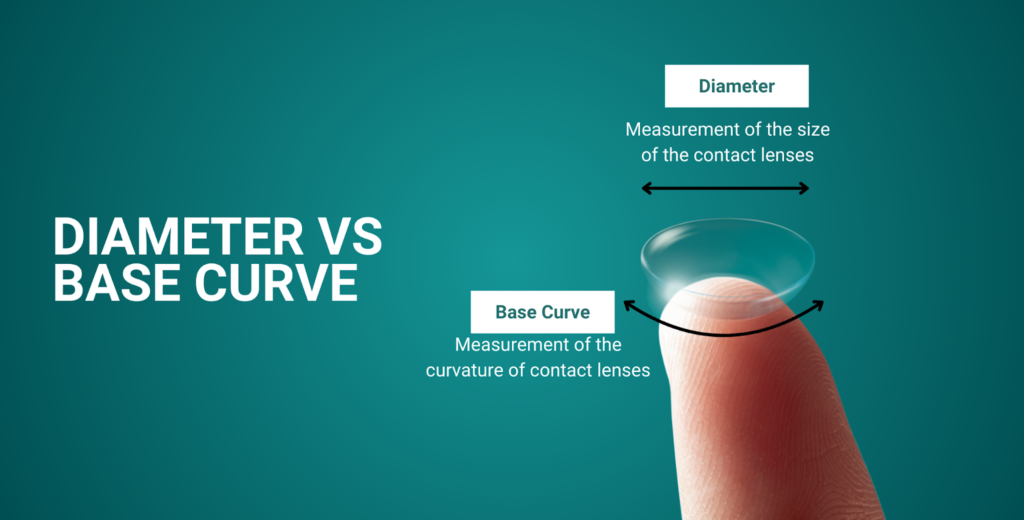
Decoding Additional Prescription Terms
Your contact lens prescription may include additional measurements depending on your specific vision needs. Here’s a guide to understanding these terms:
Cylinder (CYL) – Correcting Astigmatism
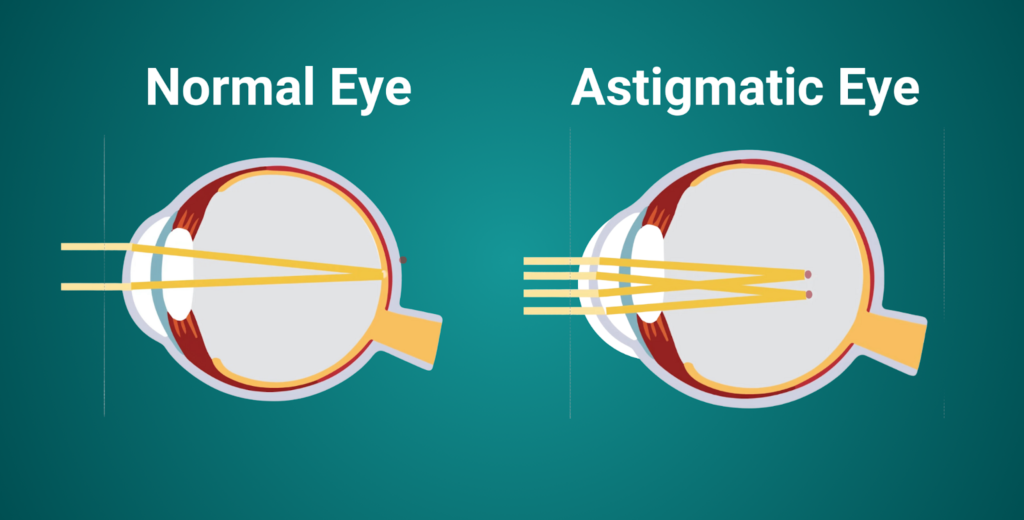
The CYL value addresses astigmatism, a condition where the cornea or lens has an irregular shape, causing blurred or distorted vision.
How it Works
This value represents the degree of correction needed for the uneven curvature.
What you will see:
- A negative or positive number (e.g., -1.25 or +0.75).
- If there is no astigmatism, the CYL field may be left blank or marked as “0.00.”
Axis – Orientation for Astigmatism Correction
The axis is a number between 1 and 180 degrees, indicating the angle at which the CYL correction should be applied on the lens.
Why it matters:
This ensures the lens aligns properly with the irregular corneal curvature, providing clear vision.
Example:
An axis of 90° means the correction is applied vertically, while 180° applies correction horizontally.
Add Power – For Multifocal or Bifocal Lenses
Add power is an additional lens strength prescribed to help with near vision, typically for individuals with presbyopia (age-related farsightedness).
How it works:
- This value is usually positive (e.g., +1.50) and indicates the extra magnifying power for close-up tasks.
- Multifocal lenses combine distance and near corrections seamlessly.
What you will see:
Labeled as “ADD” on the prescription, it’s commonly the same for both eyes.
Example Prescription:
| Left | Right | |
| Base Curve | 8.4 | 8.4 |
| Diameter | 14.0 | 14.0 |
| Power | -0.50 | -1.25 |
| Cylinder | -1.25 | -1.25 |
| Axis | 10 | 10 |
| Addition | >+1.0 | +1.0 |
| Dominant | N | D |
Your prescription will also include the name of your contact lens brand (such as Vision Gallery) and an expiration date, which typically falls one year after your eye exam.
“Here’s an example of a prescription listed on the side of the box”
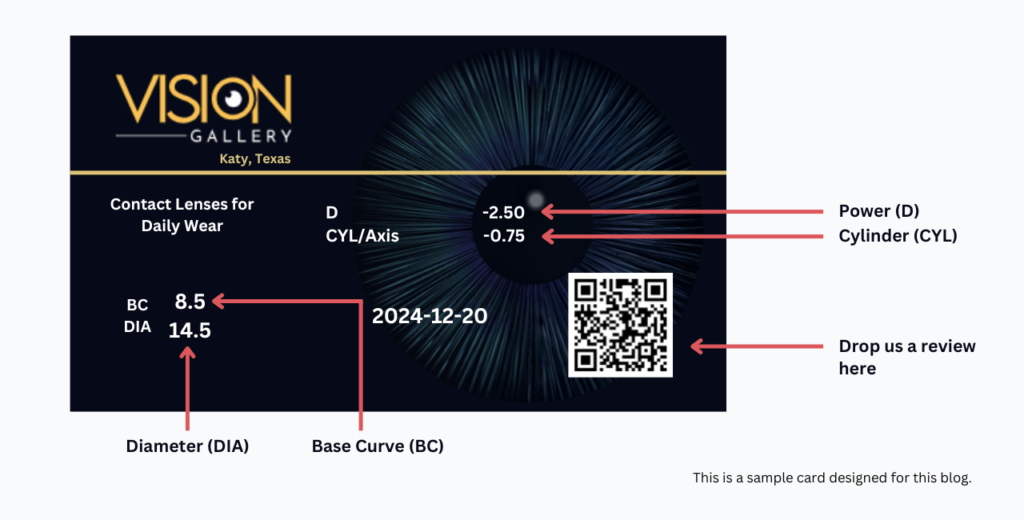
How Contact Lens Prescriptions Differ from Glasses Prescriptions
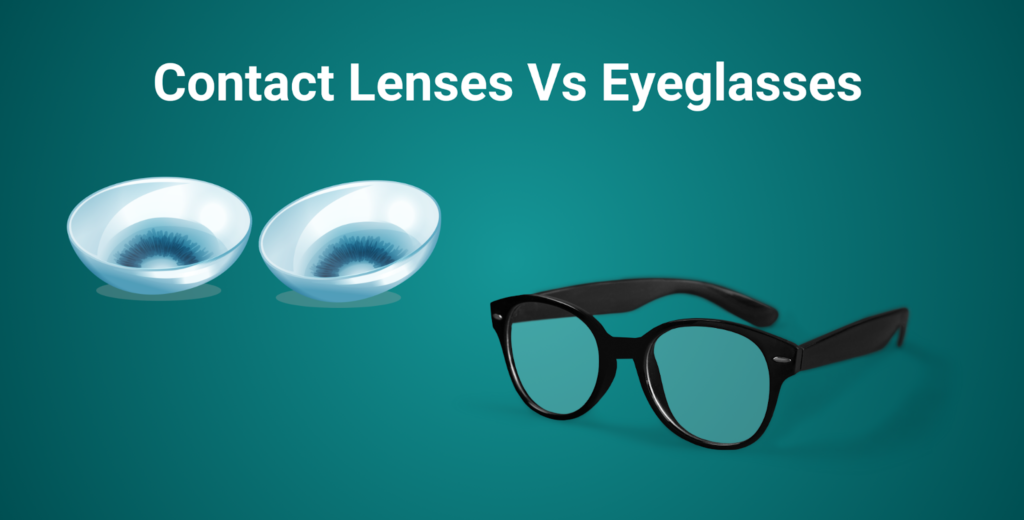
Contact lens and glasses prescriptions differ due to the way lenses interact with your eyes.
- Lens-to-Eye Distance
- Glasses sit about 12-14 mm from your eyes, while contact lenses rest directly on the eye.
- Contact lens power is adjusted to account for this difference, especially for stronger prescriptions.
- The curvature of the Lens
- Contact lenses must match the eye’s shape, requiring a Base Curve (BC) for a snug fit.
- Glasses don’t need curvature adjustments as they don’t touch the eye.
- Additional Details
- Contact lens prescriptions include Diameter (DIA) and specific brands for proper fit and comfort.
- Glasses prescriptions focus only on lens power.
Understanding the Expiration Date and Reordering Guidelines
Contact lens prescriptions come with an expiration date, usually one year from the issue date. This ensures your eye care professional can monitor your vision and eye health regularly. Changes in your prescription or eye condition can occur over time, making routine checkups essential.
To avoid running out of lenses, reorder before your prescription expires. Stick to the brand and specifications in your prescription for optimal fit, comfort, and vision quality.
If you are unsure about your prescription status or reordering options, consult your eye care provider. Regular updates keep your eyes healthy and your vision sharp.
Tips for Asking Questions at Your Eye Exam
Your eye exam is an ideal time to clarify your contact lens prescription and address concerns. Here are key questions to ask:
- Prescription Details: Request an explanation of terms like power (SPH), base curve (BC), and diameter (DIA).
- Comfort and Fit: Ask about the fit of your lenses and alternatives for specific needs like astigmatism or presbyopia.
- Lifestyle Needs: Discuss the best lens type for your daily activities, such as screen time or sports.
- Replacement and Reordering: Confirm replacement schedules, reordering guidelines, and expiration dates.
- Follow-Up Care: Learn how to spot issues like irritation and when to schedule your next visit.
Empower Yourself with Knowledge
Understanding your contact lens prescription is essential for maintaining clear vision and healthy eyes.
By knowing the key components of your prescription and asking the right questions during your eye exam, you can make informed decisions about your vision care.
A well-fitted contact lens not only improves your sight but also enhances your daily comfort and confidence.
For professional consultation and high-quality contact lenses, visit Vision Gallery. Our experienced eye care team is dedicated to providing personalized guidance, ensuring your lenses fit perfectly and meet your unique needs.
Take the first step towards better eye health and schedule your appointment with Vision Gallery today. Your eyes deserve the best care!
